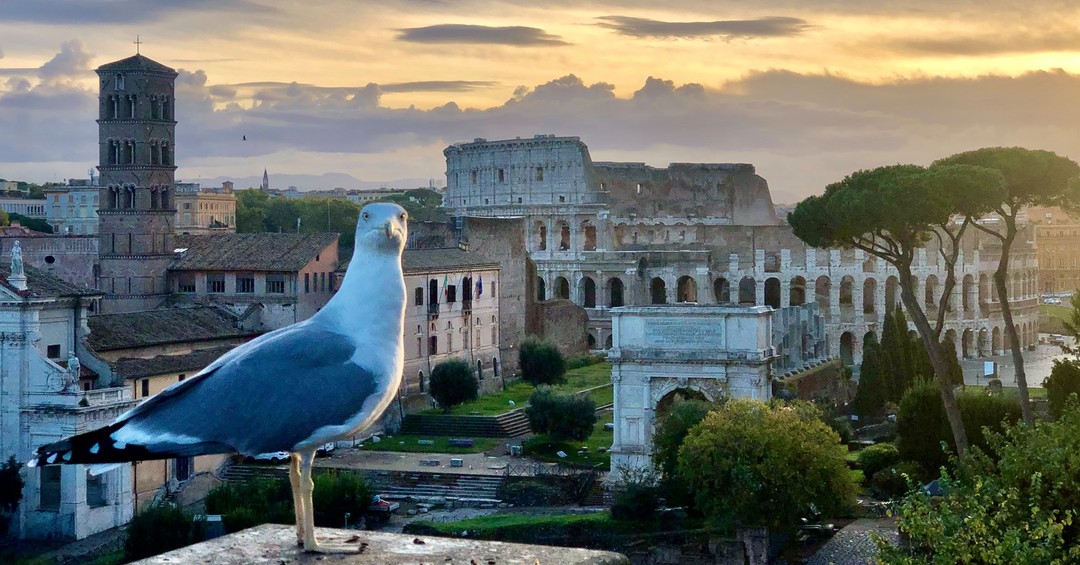The Colosseum Archaeological Park is also a large green area, rich in vegetation and fauna. To enhance the park's natural environment and make a contribution to the sustainable economy in its various aspects, the project was presented online a few days ago. Green Park. The initiative started in conjunction with the National Landscape Day.
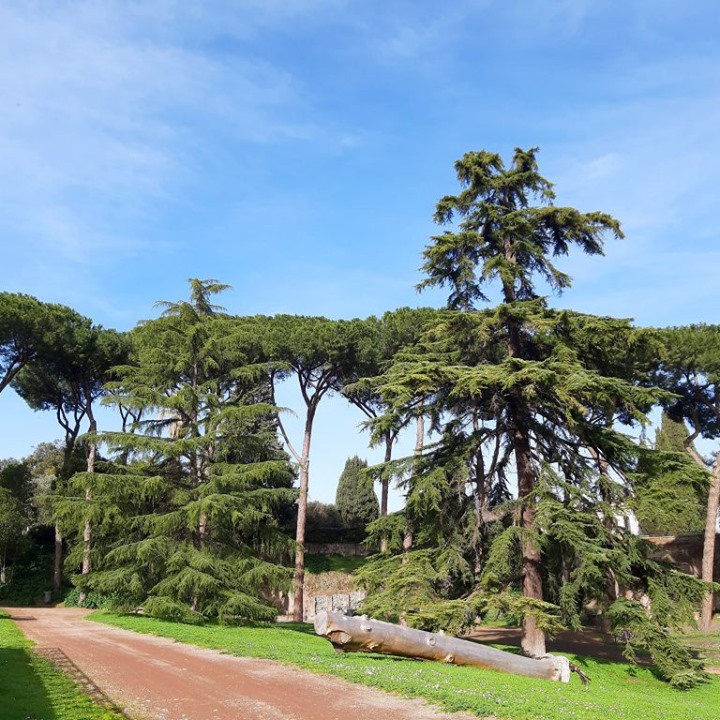
Projects and initiatives
The Archaeological Park of the Colosseum is not only of great importance from a historical point of view, but also from a landscape point of view. The large green area that it encloses extends for over 40 hectares in the heart of Roma. Here, centuries-old trees stand in the midst of spontaneous vegetation. Small mammals, reptiles, birds and insects live in this natural environment. In order to reduce pollution and to conserve the ecosystem and biodiversity, numerous projects have been carried out and various initiatives have been promoted for the care of trees and shrubs, conceived by the architect Gabriella Strano.

Anti-smog barrier
The director of the Archaeological Park, Alfonsina Russo, explained: “We have always worked hard to protect and enhance it, making our contribution to the growth of a sustainable economy in the broadest sense. We want to instill in our public, and especially in the new generations, the awareness that protecting the environment is the task of each of us ". On the occasion of the Tree Day 2020, a "smog barrier" consisting of shrubs was planted on the southern slope of the Palatine Hill. These have the ability to absorb particulate matter and gaseous pollutants that are dangerous for the environment and human health.
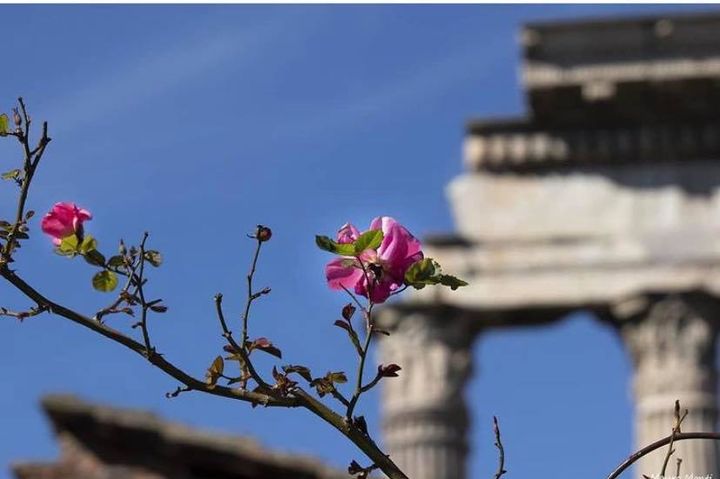
The "fruits" of the Colosseum
The Colosseum Archaeological Park is full of plants. Among the numerous projects implemented to enhance the natural environment and reap the benefits of it, include "The Park's oil", Created in collaboration with Coldiretti; the planting ofpantastic grapes, an ancient native vine; the "GRABees - The Honey of Rome". With the former, extra virgin olive oil from the Palatine is produced, thanks to the approximately two hundred olive trees in the area. The second proposes to plant the so-called pantastic grape in the “Vigna Barberini”, an area of the park used as a vineyard in the Renaissance period.
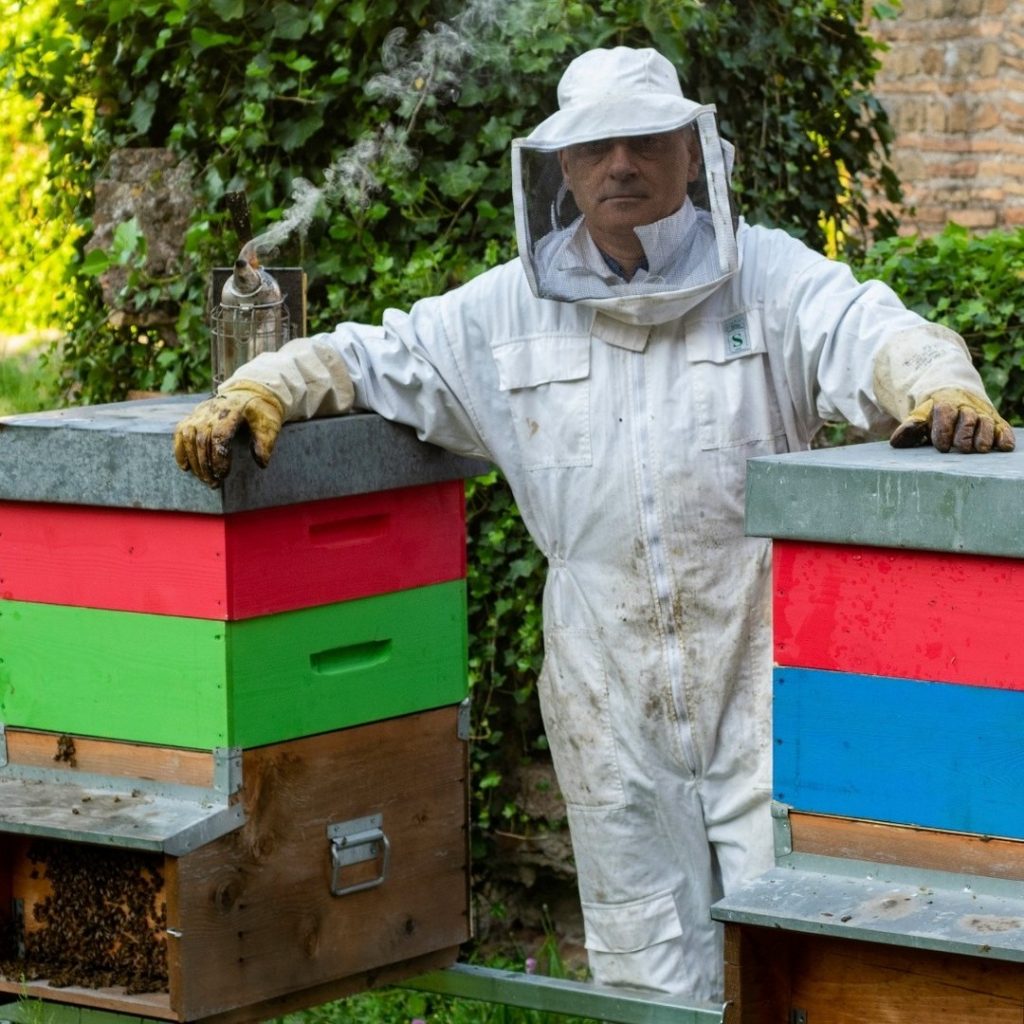
The latter is based on the breeding of bees and the production of honey called Ambrosia del Palatino. Instead, it involves the fauna Spectio project, edited by Andrea Schiappelli, who aims to study the habits of the local fauna and avifauna.
The restoration of the monumental heritage
The Colosseum Archaeological Park preserves and enhances some of the most important archaeological remains in the history of Western civilization, from the end of the Bronze Age to the contemporary age. Precisely for this reason, the “green” approach is also noted in the maintenance and restoration methods of the architectural and monumental heritage. There are two eco-sustainable restoration projects and they involve large monuments of the Roman Forum: the Arch of Septimius Severus and the Basilica Emilia. The first will experiment with the process of re-establishing the cohesion of the surfaces with bio-consolidation through carbonatogenic bacteria. The second will exploit the action of proteins and lipids to remove biological patinas from surfaces without producing toxic fumes or special waste. Other projects, designed for the little ones, are carried out by the Didactic Education and Training Service.
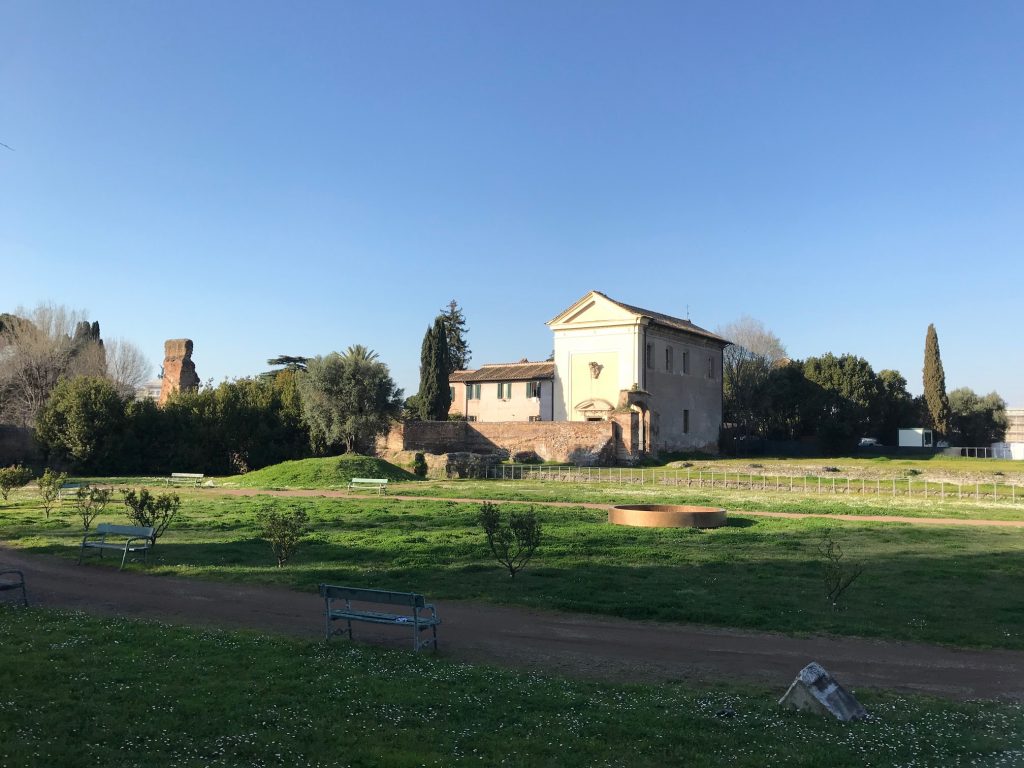
The most visited in Italy
The Archaeological Park of the Colosseum, which is one of the most visited sites in the world and the first in Italy, was created as an autonomous MiBACT Institute in 2017. It includes the Flavian Amphitheater, the area of the Roman Forum and the Palatine Hill, the Domus Aurea on the Oppio hill, the arch of Constantine and the Meta Sudans in the Colosseum valley.
(Photo: Colosseum Archaeological Park website)

